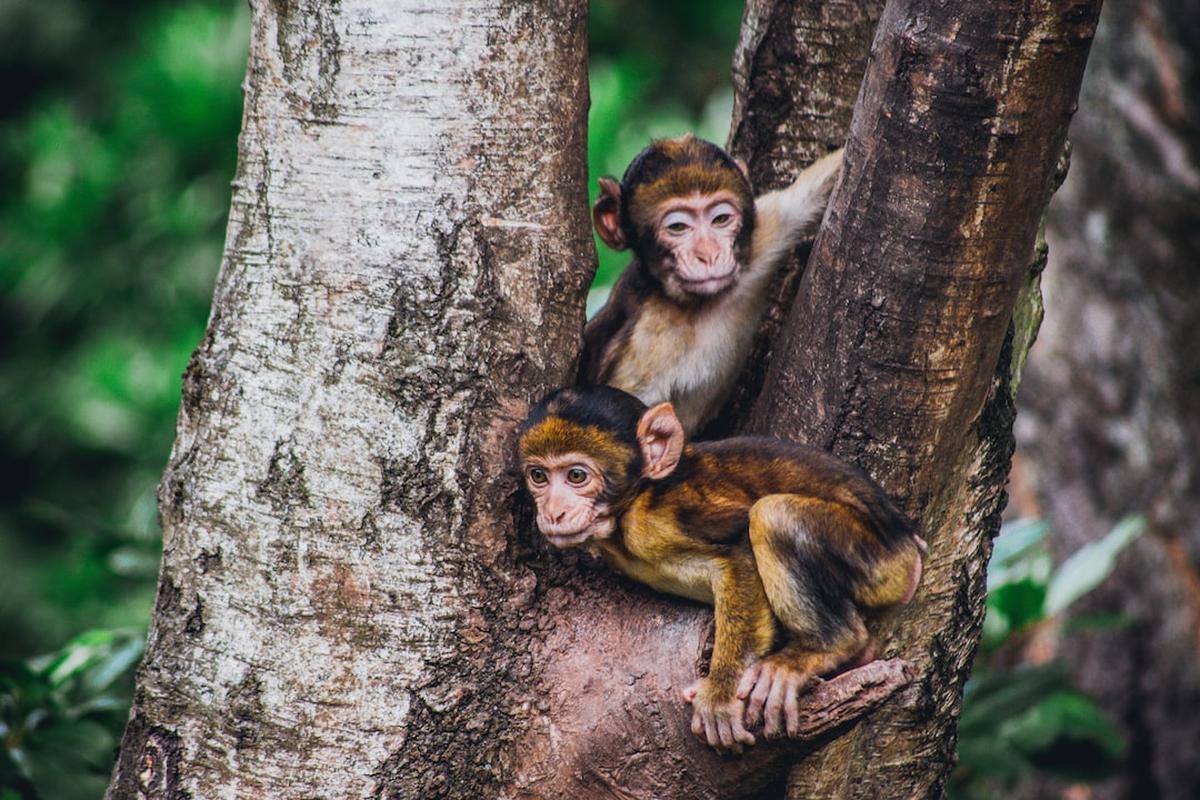The theory of evolution, primarily attributed to Charles Darwin, has been a cornerstone of biological sciences for over a century. This theory provides a comprehensive explanation of the diversity of life on Earth, positing that all species of organisms arise and develop through the natural selection of small, inherited variations that increase the individual’s ability to compete, survive, and reproduce. However, despite its widespread acceptance and influence, the theory of evolution does not fully explain all aspects of biological diversity and change. This article aims to explore the gaps and unanswered questions in Darwin’s theory of evolution.
Understanding the Theory of Evolution
Darwin’s Theory of Evolution: An Overview
Charles Darwin’s theory of evolution, also known as Darwinism, was first proposed in his book “On the Origin of Species” in 1859. The theory suggests that all species are descended from common ancestors and have evolved over time through a process known as natural selection. This process favors traits that enhance survival and reproductive success, leading to gradual changes in species over generations.
Key Principles of Darwin’s Theory of Evolution
Darwin’s theory of evolution is based on several key principles. First, it posits that species have great fertility, which allows for a rapid increase in numbers. Second, it acknowledges that populations remain roughly the same size, barring seasonal fluctuations. Third, it recognizes that resources are limited, leading to a struggle for existence. Finally, it notes that individuals in a population vary significantly, and this variation affects an individual’s ability to survive and reproduce.
The Role of Natural Selection in Darwin’s Theory
Natural selection is the driving force behind Darwin’s theory of evolution. It refers to the process where organisms better adapted to their environment tend to survive and produce more offspring. The theory suggests that over time, beneficial traits become more common in the population, leading to evolutionary change.
Bergson’s Theory: A Non-Darwinian Mechanism
Understanding Bergson’s Theory
Henri Bergson, a French philosopher, proposed a non-Darwinian mechanism of evolution. Bergson’s theory, known as Creative Evolution, posits that evolution is driven by a vital impulse or élan vital, which brings about increasing complexity in organisms. Unlike Darwin’s theory, Bergson’s approach emphasizes the creation of new, unpredictable forms of life.
The Role of New Genetic Information in Bergson’s Theory
In Bergson’s theory, new genetic information arises not from random mutations, as in Darwin’s theory, but from the vital impulse. This force is thought to generate new genetic information, leading to the creation of new species and increasing biological complexity.
How Bergson’s Theory Complements Darwin’s Theory
While Bergson’s theory contradicts Darwin’s theory in some respects, it also complements it. For instance, while Darwin’s theory explains the survival of the fittest, Bergson’s theory can account for the origin of new genetic information, a topic not fully addressed by Darwin.
The Origin and Transmission of Variations: A Gap in Darwin’s Theory
Explanation of the Concept of Variation in Evolutionary Theory
Variation is a fundamental concept in evolutionary theory. It refers to the differences in physical traits among individuals within a population. These differences may affect an individual’s ability to survive and reproduce, thus influencing the course of evolution.
The Role of Variation in Evolution
Variation plays a crucial role in evolution. Without variation, all individuals in a population would be identical. In such a scenario, evolution would be impossible as there would be no traits to select. Therefore, variation provides the raw material for evolution.
How Darwin’s Theory Fails to Explain the Origin and Transmission of Variations
While Darwin’s theory acknowledges the importance of variation, it does not fully explain its origin and transmission. Darwin suggested that variation arises from random mutations and is passed on to offspring through inheritance. However, the exact mechanisms of mutation and inheritance were not well understood in Darwin’s time, leaving a gap in his theory.
Other Aspects of Evolution Unexplained by Darwin’s Theory
The Role of Genetic Drift in Evolution
Genetic drift is a mechanism of evolution that involves random changes in the frequency of alleles in a population. Unlike natural selection, which favors beneficial traits, genetic drift can lead to the loss or fixation of alleles regardless of their effect on survival and reproduction. Darwin’s theory does not account for the role of genetic drift in evolution.
The Influence of Sexual Selection on Evolution
Sexual selection is another aspect of evolution not fully explained by Darwin’s theory. This process involves the preferential mating of individuals with certain traits, leading to the propagation of these traits in future generations. While Darwin acknowledged the existence of sexual selection, his theory does not fully explain its mechanisms and impact on evolution.
The Impact of Gene Flow on Evolution
Gene flow, the transfer of genetic variation from one population to another, can also influence evolution. It can introduce new genetic variation into a population, potentially leading to evolutionary change. However, Darwin’s theory does not fully account for the role of gene flow in evolution.
Modern Evolutionary Synthesis: Bridging the Gaps
Introduction to Modern Evolutionary Synthesis
The Modern Evolutionary Synthesis, also known as Neo-Darwinism, is a unified theory of evolution that combines Darwin’s theory of natural selection with Mendelian genetics. This synthesis, which took place in the mid-20th century, has filled many of the gaps in Darwin’s original theory.
How Modern Evolutionary Synthesis Addresses the Gaps in Darwin’s Theory
The Modern Evolutionary Synthesis provides a more comprehensive explanation of evolution. It incorporates the role of genetic drift, sexual selection, and gene flow in evolution, addressing some of the gaps in Darwin’s theory. Moreover, it explains the origin and transmission of variations through the principles of genetics, providing a more complete understanding of the mechanisms of evolution.
Current Debates and Controversies in Evolutionary Theory
Overview of Current Debates in Evolutionary Theory
Despite the advances made by the Modern Evolutionary Synthesis, several debates and controversies persist in evolutionary theory. These debates revolve around issues such as the relative importance of different mechanisms of evolution, the role of cooperation and altruism in evolution, and the pace and pattern of evolutionary change.
How These Debates Challenge Darwin’s Theory
These debates challenge Darwin’s theory by highlighting its limitations and suggesting alternative or complementary explanations of evolution. For instance, some scientists argue that natural selection is not the only or even the primary driver of evolution, challenging the central tenet of Darwin’s theory. Similarly, the debate over the pace of evolution questions the gradualist perspective of Darwin’s theory, suggesting that evolution may occur in rapid bursts interspersed with periods of stasis.
Final Remarks
Final Remarks, while Darwin’s theory of evolution has provided a robust framework for understanding the diversity of life on Earth, it does not fully explain all aspects of evolution. Gaps in the theory, such as the origin and transmission of variations and the role of genetic drift, sexual selection, and gene flow in evolution, have been addressed to some extent by the Modern Evolutionary Synthesis. However, ongoing debates and controversies in evolutionary theory highlight the need for further research and refinement of our understanding of evolution.
References
- Darwin, C. (1859). On the Origin of Species. John Murray.
- Bergson, H. (1907). Creative Evolution. Henry Holt and Company.
- Dobzhansky, T. (1937). Genetics and the Origin of Species. Columbia University Press.
- Mayr, E. (1942). Systematics and the Origin of Species. Columbia University Press.
- Gould, S. J., & Eldredge, N. (1977). Punctuated equilibria: the tempo and mode of evolution reconsidered. Paleobiology, 3(2), 115-151.








